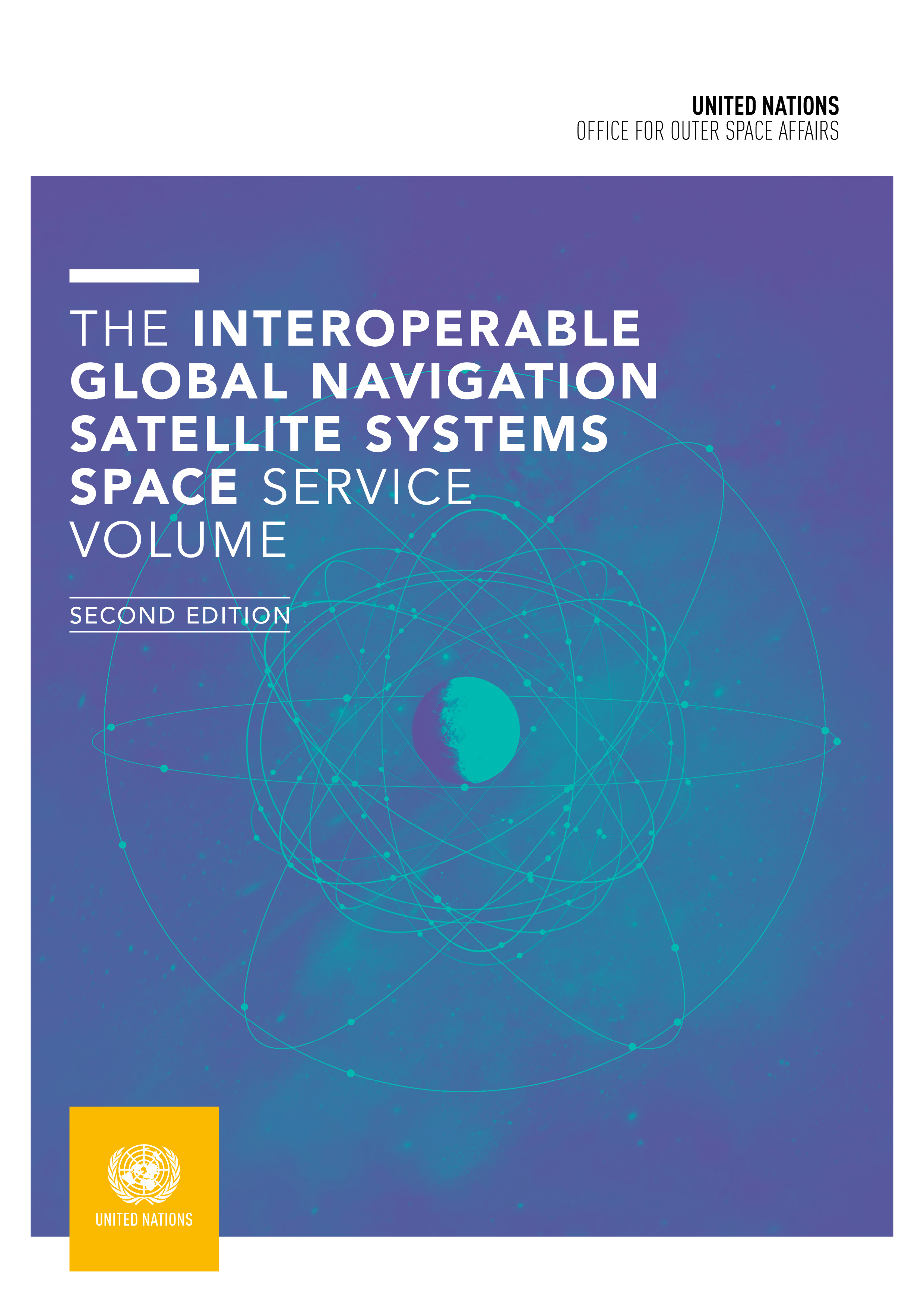Interoperable GNSS space service volume

- Автор: United Nations Office for Outer Space Affairs
- Main Title: The Interoperable Global Navigation Satellite Systems Space Service Volume - Second Edition , pp 7-10
- Дата публикации: ноября 2021
- DOI: https://doi.org/10.18356/9789210000895c004
- Language: Английский
Historically, most space users have been located at low altitudes, where GNSS signal reception is similar to that on the ground. More recently, however, users are relying on these signals at high altitudes, near to or above the GNSS constellations themselves. The availability and performance of GNSS signals at high altitude is documented as the GNSS SSV. While different definitions of SSV exist and may continue to exist for the different service providers, within the context of this booklet, it is defined as the region of space between 3,000 km and 36,000 km above the Earth’s surface, which is the geostationary altitude. For space users located at low altitudes (below 3,000 km), GNSS signal reception is similar to that for terrestrial users and can be conservatively derived from the results presented for the lower SSV in this booklet.
-
From This Site
/content/books/9789210000895c004dcterms_title,dcterms_subject,pub_keyword-contentType:Journal -contentType:Contributor -contentType:Concept -contentType:Institution105

